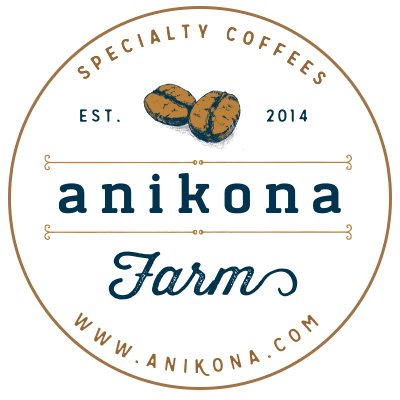Kona coffee is one of the industry favorites that coffee lovers tend to love. With a sweet, rich, creamy touch on your palette, and in a chocolaty and sometimes spicy note – with no hints of any bitterness, this bold and delicious coffee keeps us coming for more.
Why is Kona Coffee so special?
Kona coffee is rare. It can only be grown – and can only truly be called Kona coffee if it is grown, in the Kona coffee belt on the Big Island of Hawaii. This region, which contains areas of Hualalai volcano and an uphill perfect landscape of beautiful glistening coffee trees amid the warm shaded land, is the perfect place to grow coffee. The tropical weather aids in the coffee’s growth, with high elevation, mineral rich soil, clouds, and excellent temperature.
Sitting in rich volcanic soil, given the right amounts of shade and earth’s minerals, the coffee grows in ideal conditions. In addition, each batch of coffee is cared for carefully by local farmers, who pick each coffee cherry at peak ripeness, prepare the bean, and have the beans roasted to created a wonderful tasty coffee bean.
What is the Life Cycle of the Coffee?
Kona coffee trees grow on the slopes of Hualalai Volcano on the west side of Hawaii’s Big Island. It is in this unique location that the coffee receives ideal conditions for growth; rich volcanic soil, morning sun and afternoon rain.
Kona coffee trees are planted an upon reaching full maturity are ready to bear fruit. The Kona coffee trees begin this process by blooiming their lovely white flowers – also called Kona Snow, during the first half of the year. Around springtime green berries appear on the plant and by late summer the coffee cherries will be forming and ripening with a deep red coloration.
Picking, Drying and Roasting Kona Coffee
The coffee cherries are hand-picked, which ensures the best flavor in the end result. This is something that makes Kona coffee special. The cherry is pulped within a day of picking, beans separated from the red skins and then placed in a fermentation tank. The beans are sun-dried, milled to remove parchment, and then sorted and finally graded.
This process is part of what leads to the great flavor of the coffee.
After the beans are sorted and graded they are ready to roast. Most coffees undergo drum roasting while a smaller portion use air roasting techniques. Each produces its own unique flavor for the coffee.

